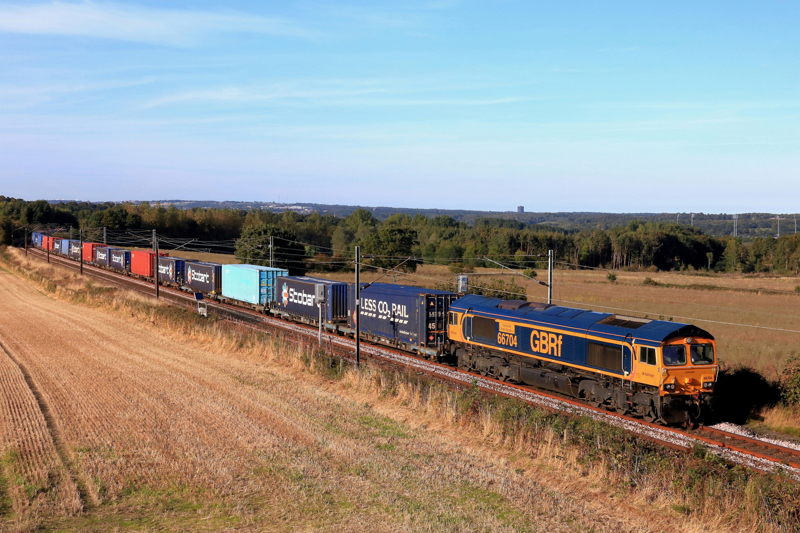
Questions remain unanswered on how rail freight will ultimately feature on the new East Coast Main Line timetable, as planners continue to try and weave many of the paths needed onto the line.

Questions remain unanswered on how rail freight will ultimately feature on the new East Coast Main Line timetable, as planners continue to try and weave many of the paths needed onto the line.
Last month, passenger operators agreed to a new timetable after months of negotiations. But Rail Freight Group Director General Maggie Simpson believes the new timetable shows that the government will prioritise its own needs over others, once Great British Railways has been established.
“I think the biggest worry now is what could happen under GBR if the right safeguards are not put in place. It has always made us very nervous,” she said.
“Because if you create a unified central body and tell it to love its own trains, then that’s what it is going to do.”
RAIL understands that while most freight train paths have been accommodated on the East Coast Main Line itself, planners and system operators are currently trying to ensure that the timetable fits with pathing requirements once a service leaves the ECML - a process which is called ‘stitching’.
This proved to be a sticking point for freight in previous efforts to recast the timetable, which was initially postponed in April 2024 after the Department for Transport said that “too many issues were left outstanding”.
Key freight operators on the line had minimal involvement in the discussions before its postponement, and a similar situation has arisen this time.
“I don’t see how you can do a timetable without having all the operators in it. I don’t get it now, and I didn’t get it then,” added Simpson.
There is hope that this timetable could work for freight if the stitching process resolves some of the issues that have arisen.
However, sources told RAIL that issues including depot access for some operators and turnaround times at terminals are undermining efforts to resolve the timetable for freight, and that accommodating most paths on the ECML is believed to have come at a cost with many paths longer and less productivity for many services.
One source told RAIL that "it will increase costs tenfold in its current state, but it could be worse”.
Terminal time for freight operators is crucial to ensure that services are as productive as possible for customers. The government has previously said it is keen to grow rail freight across the country, but with paths at a premium on both the overcrowded East and West Coast main lines, that is proving difficult to realise.
The timetable changes for freight reflects this challenge. While it is believed that space for growth on the network has been planned, it is also minimal, and Simpson worries that the upcoming rail reform will hinder the chance for growth.
“If there are very significant changes to the access framework, it will likely give more power to GBR to decide which trains can operate. And it seems they are already proving who they are prioritising on ECML," she said.
"And this is on the doorstop of the rail reform bill. It feels quite dangerous."
There is no set deadline on a timetable agreement with freight operators, and it is currently unclear whether many will formally submit changes or enter a dispute process.
The new timetable is due to come into effect in December 2025, with some passenger timetable changes happening in May.
Login to continue reading
Or register with RAIL to keep up-to-date with the latest news, insight and opinion.


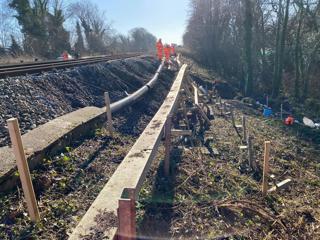

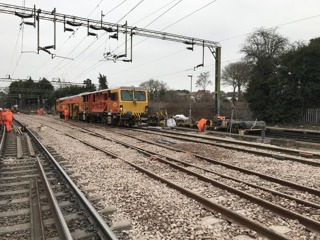
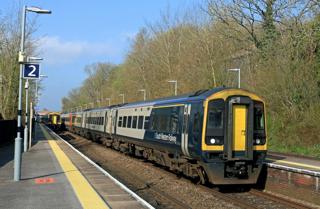
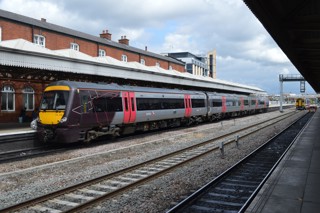











TeeMarkM. - 31/01/2025 11:10
If the DfT pulled its finger out and wired just a few short interconnecting lines in North London, ECML freights could at long last be electrically hauled thus creating the capacity needed.